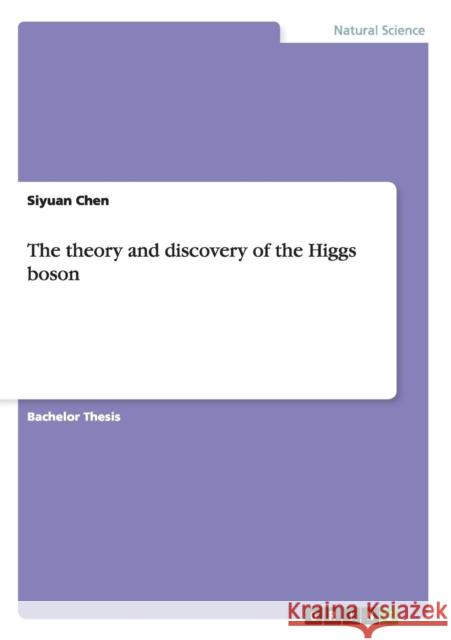The theory and discovery of the Higgs boson » książka
The theory and discovery of the Higgs boson
ISBN-13: 9783656745266 / Angielski / Miękka / 2014 / 30 str.
Bachelor Thesis from the year 2013 in the subject Physics - Theoretical Physics, grade: 71 points, Kings College London, language: English, abstract: An overview of the steps that lead to the discovery of the Higgs boson is presented. Starting with the theoretical background framework, the Standard Model of particel physics, the Higgs field will be introduced as an addition. This extra field provides the mechanism for spontaneous symmetry breaking, that is needed to explain the existence of massive particles. An overview of the steps of the experimental search to the discovery of the Higgs boson is given in the second part of this article. Its mass has been measured to be 125.4 0.4(stat) 0.5(sys) GeV. The Standard Model is briefly summarised. The Higgs mechanism is derived from an Abelian Model, applied to the gauge bosons of the electroweak model of Weinberg and Salam. A simple estimate of the Higgs mass is given by its derivation and the estimation of its self-coupling and vacuum expectation value. Experimental results will be presented from the CMS and ATLAS detectors at the LHC, alongside with a description of the Large Hadron Collider at CERN and possible directions for future experiments beyond the Standard Model.











